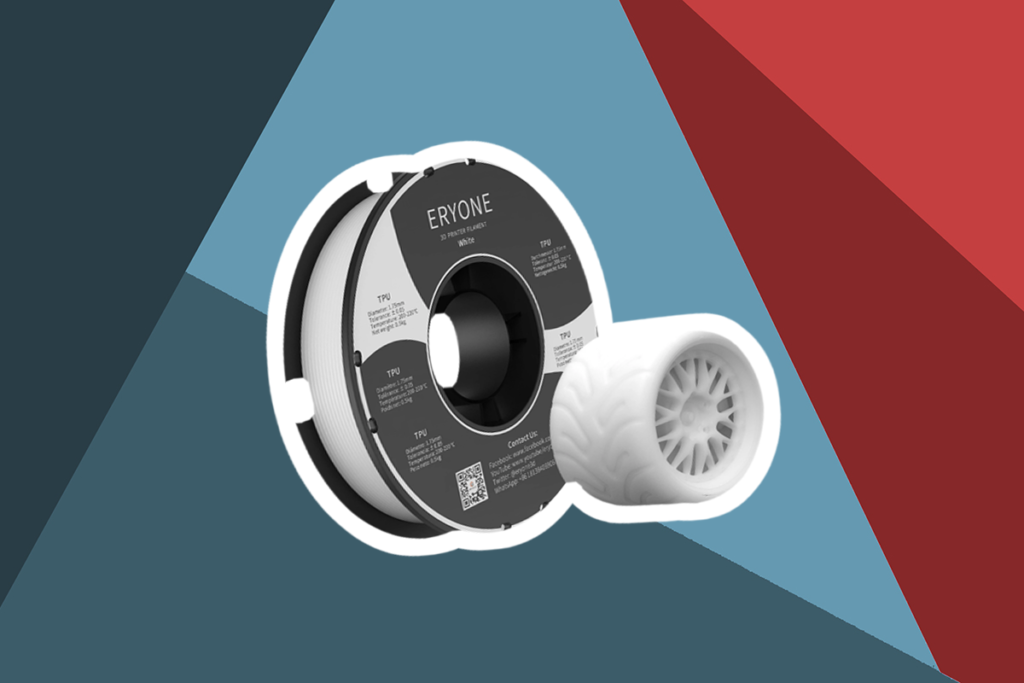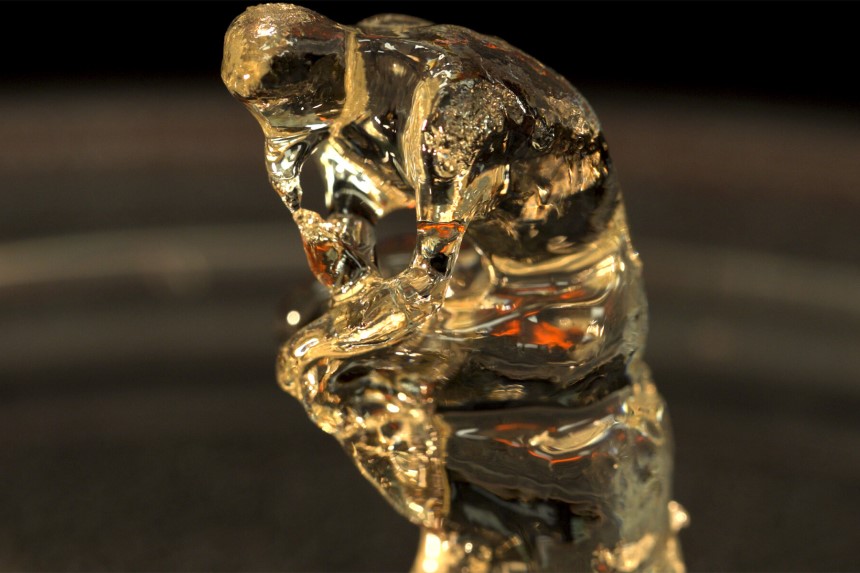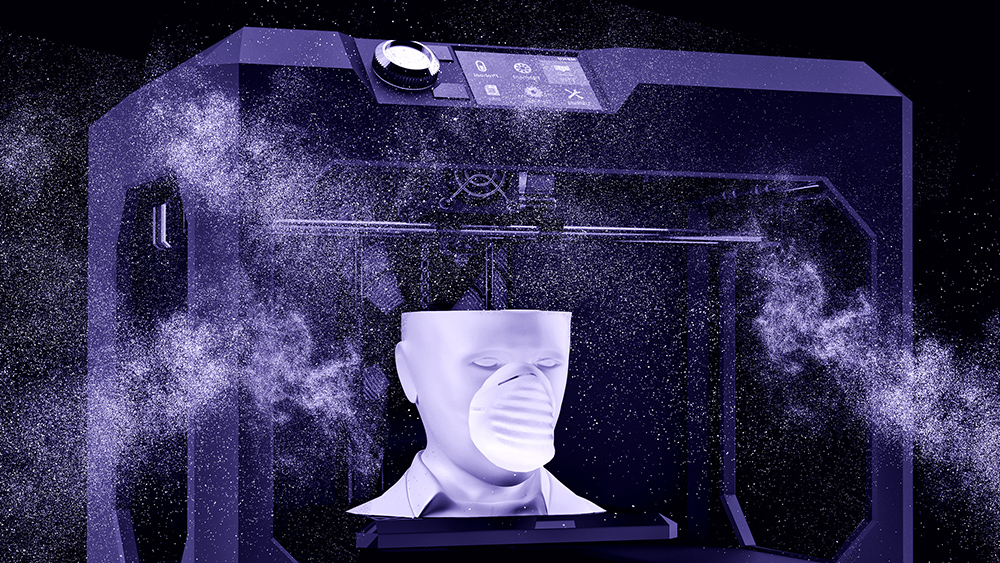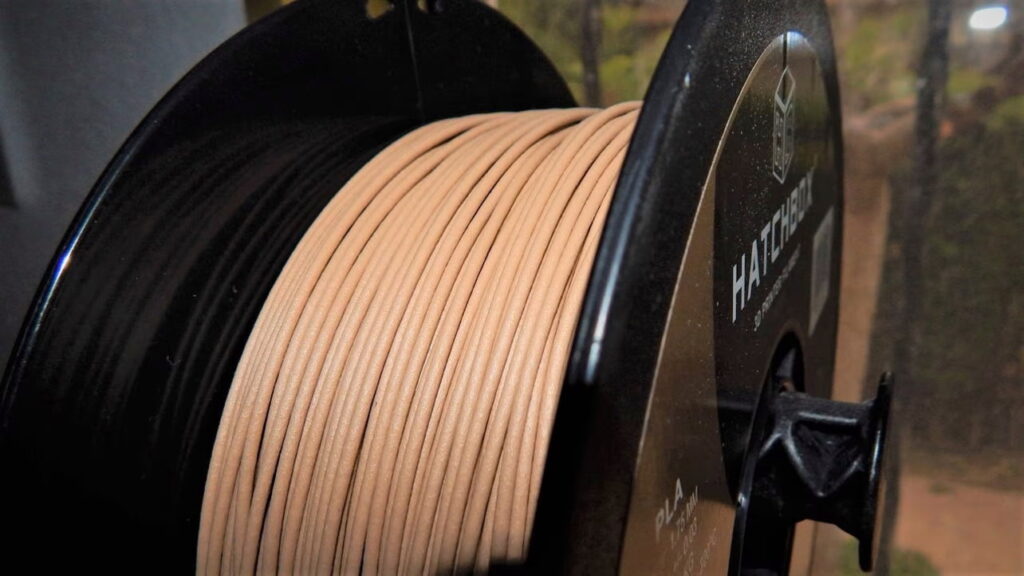

3D printing is rapidly gaining popularity among the hobbyist community, and it’s not hard to see why. It’s a great way to bring your projects to life. Found a sculpture that you love? Print it! Looking for an exciting way to spend the holidays with your loved ones? Introduce them to 3D printing! There’s so much you can do with a 3D printer, and now that there are affordable models in the market, the only thing left to do is look for the perfect filament.
Petg vs. nylon are 2 of the most popular choices. They’re both high performance and widely used, but they each have their distinct benefits and drawbacks. In this guide, we will look at how each filament works, its properties, and its pros & cons. Hopefully, by the end of this article, you’ll be better placed to buy the most suitable filament based on your intended use.
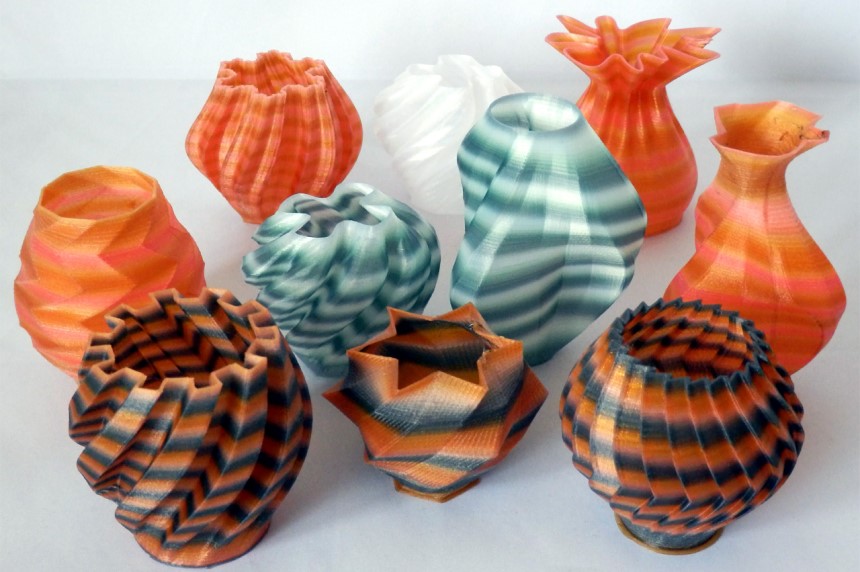
The 3D printing industry is evolving, and according to a BBC Trusted Source The world's first family to live in a 3D-printed home A family in France has become the first in the world to move into a 3D-printed house. The four-bedroom property is a prototype for bigger projects aiming to make housebuilding quicker and cheaper. Could it cause a shift in the building industry? With curved walls designed to reduce the effects of humidity and digital controls for disabled people, this house could be an expensive realisation of an architect’s vision. www.bbc.com news article, a family in France recently moved into a 3D printed home. Nylon is a PA or polyamide and belongs to the polymers group and was first used in 1935. It was developed by a chemist that worked for DuPont, known as W. Carothers, and it first hit the market in the form of a toothbrush. It was later adopted in the textile industry due to its high resistance while still retaining its flexibility. You probably know it from women’s tights seeing as it’s been the main material used to make pantyhose for more than 80 years.
Nylon has also been used in the automotive industry due to its functional qualities.
One of the reasons why it’s popular in 3D printing is due to its material qualities. As a printer, you already know that the requirements for filaments are high, as any glitch can ruin your entire project. Filaments are also the base of multiple projects and should be of the best quality. Nylon is most preferred due to its durability, flexibility, and strength. There’s also the fact that it can be dyed either before or after printing and is usually colored.
Even though some nylon filaments vary slightly from each other, you can always expect them to display:
Nylon has a wide scope of use, and currently, you can find it everywhere from tires, clothes, parachutes, toothbrushes, etc. Since it has excellent heavy stability, it’s also used for oven-safe food containers and some internal car components.
Before we dive into the properties in detail, here’s a quick overview of nylon’s main features.
In addition to its strength, flexibility, and durability, nylon has more properties that make it a great 3D filament material. Here are its main properties:
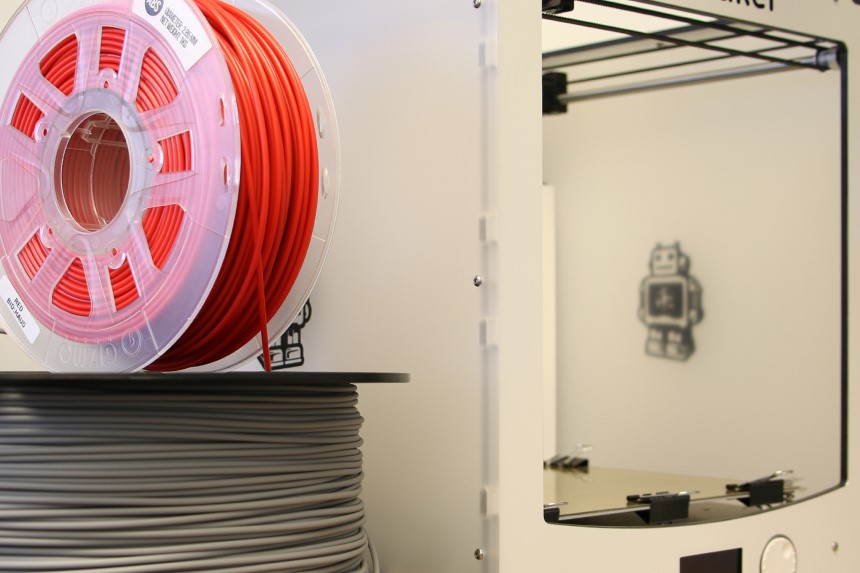
Nylon filaments are relatively expensive, and a 1kg spool goes for around $30 to $60. There are, however, some unique blends that have enhanced mechanical properties and guarantee better performance, and they can go for up to $8-0 per spool.
Pros
There are four main advantages of working with nylon filament:
Cons
Before settling on a printing filament, it’s important that you also consider the downside. They could be the dealbreaker when it comes to your choice of prints. There are 2 main drawbacks of using nylon:
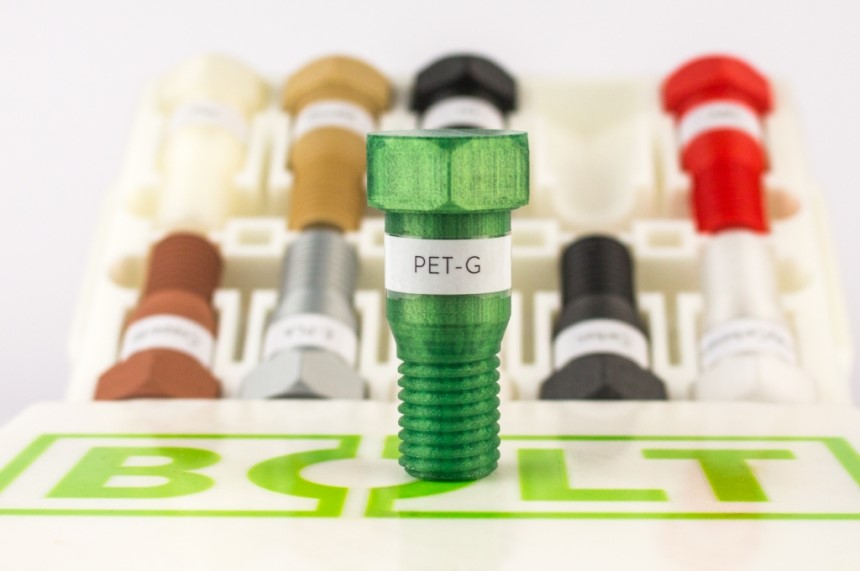
This material is FDA compliant when it comes to making food storage materials and is a great option for medical tools and accessories since it can withstand the high temperatures needed for sterilization through autoclaving.
PETG is simply PET that has been glycol-modified. This makes it less brittle and more clear, making it a great printing alternative.
There are various properties that make PETG a great printing filament, but first, here’s a simple overview of its features.
Here are the main properties of PETG filament:
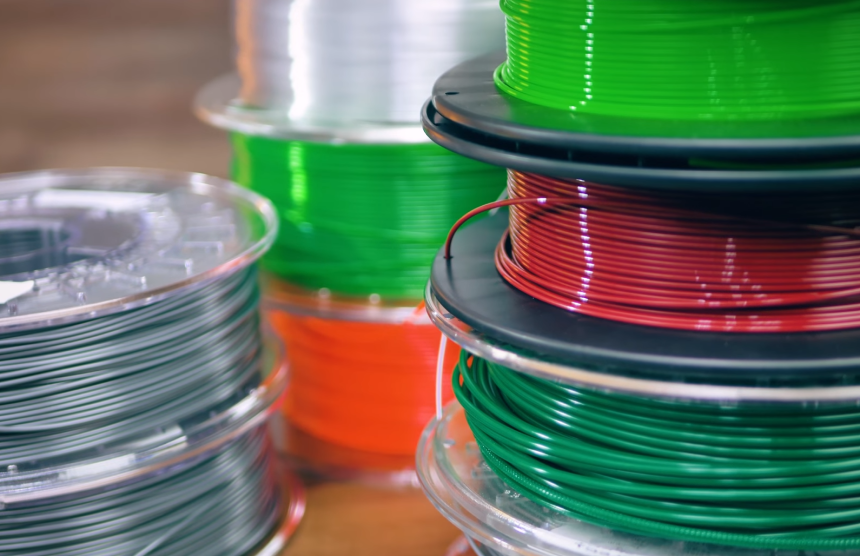
Since PETG is more forgiving, it’s the most popular beginner-friendly option compared to other filaments. It’s also significantly cheaper, with a 1kg spool going for around $20.
According to multiple reviews, the HATCHBOX PETG 3D Printer Filament is one of the best in the market. It’s available in 6 colors: bronze, copper, dark yellow, electric lime, light orange, and lime green. This 1kg spool also has a filament diameter of 1.75mm and has been vacuumed sealed with desiccant. It’s recommended that you use a nozzle temperature of 230°C – 260°C for the best result.
The ANYCUBIC PETG filament also comes highly recommended. It’s available in 4 colors; white, transparent orange, transparent blue, and black. This filament is odorless, environmentally friendly, and recyclable. It also has low shrinkage qualities and has been vacuumed sealed with desiccant.
Pros
There are three main benefits of using PETG filament:
Cons
The main downsides of PETG filaments include:
The scope of 3D printing is increasing, and according to The Guardian Trusted Source Building by numbers: how 3D printing is shaking up the construction industry | Guardian sustainable business | The Guardian Robotics and prefabrication could see more 3D printers deployed on building sites but quality control remains a problem. www.theguardian.com , it’s shaking up the construction industry. If you enjoy bringing your projects to life with a 3D printer, then one of the most important decisions you have to make is choosing the right printing filament. The chances are that you’ve come across petg vs. nylon. Both materials are great, but nylon is more durable and strong. It’s also highly flexible. PETG, on the other hand, has moisture and chemical resistance qualities making it great for humid areas. You should, however, make your purchasing decision based on your printing needs.

